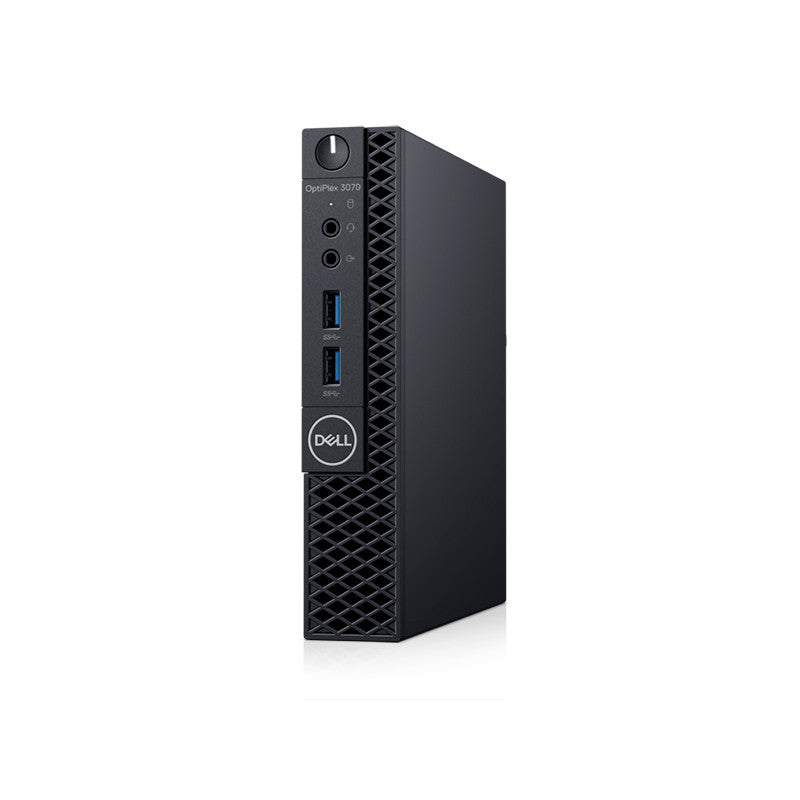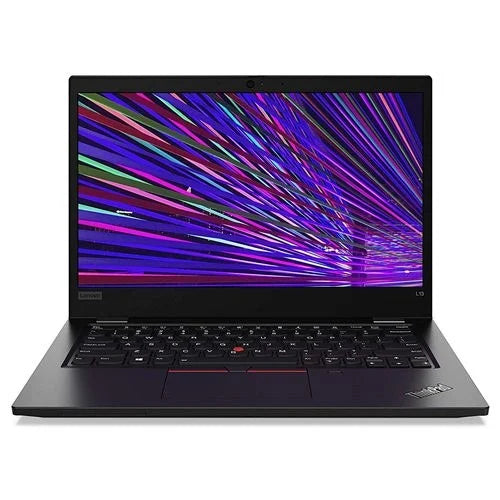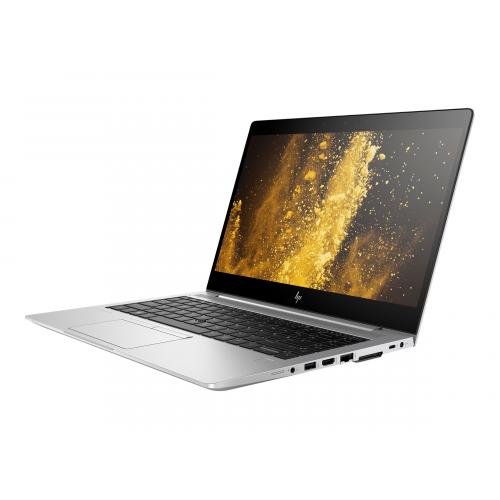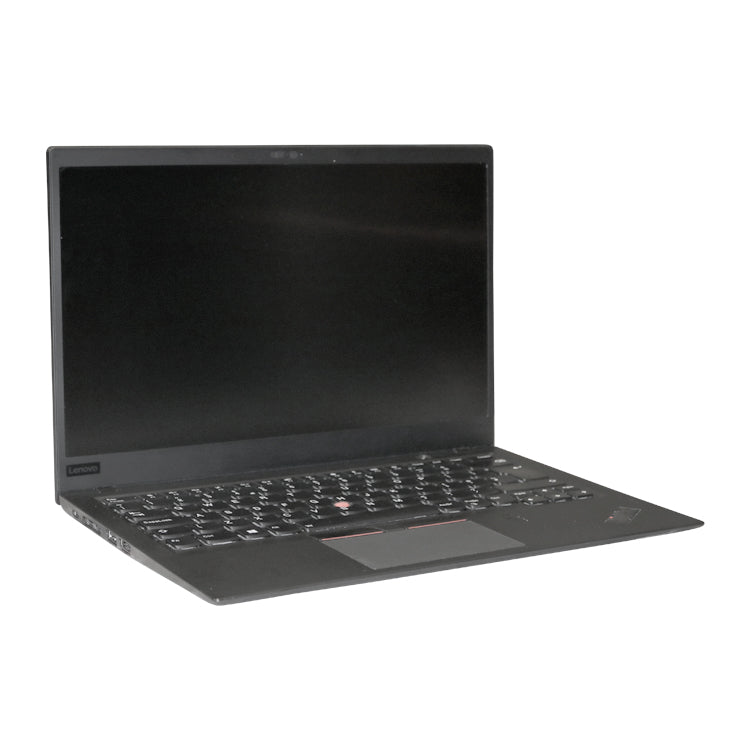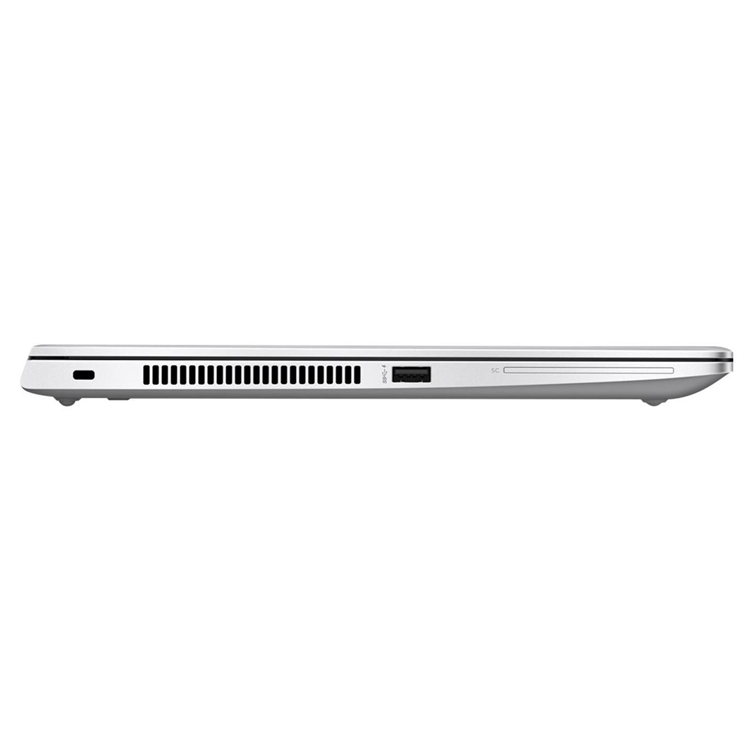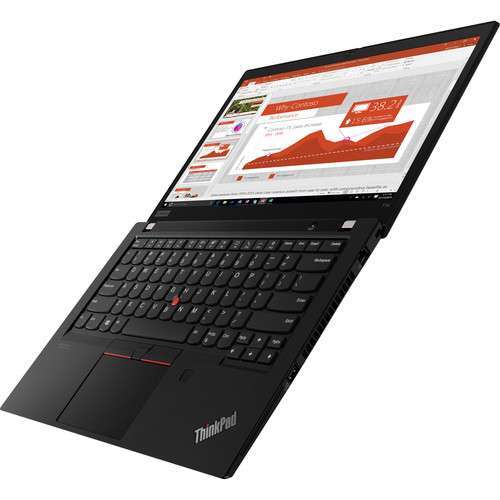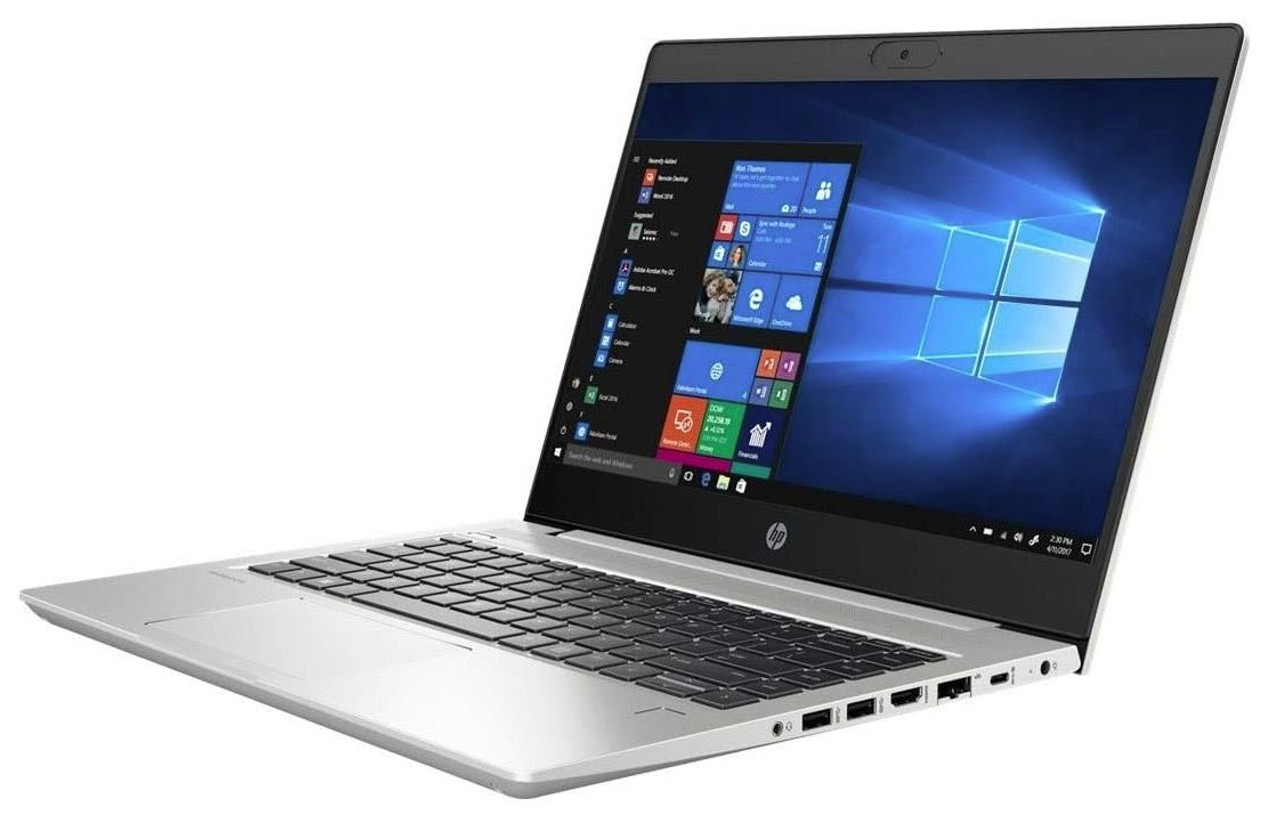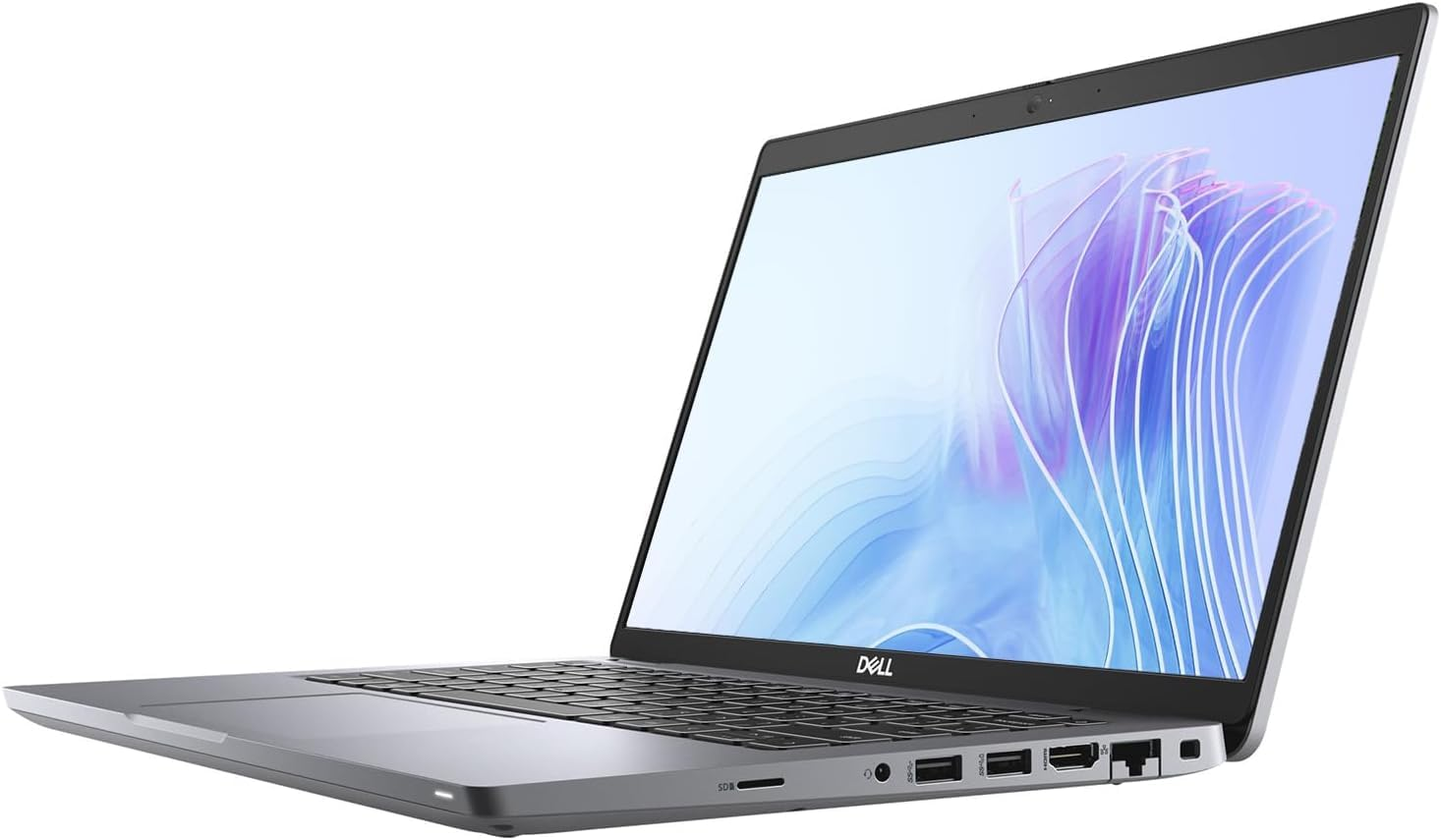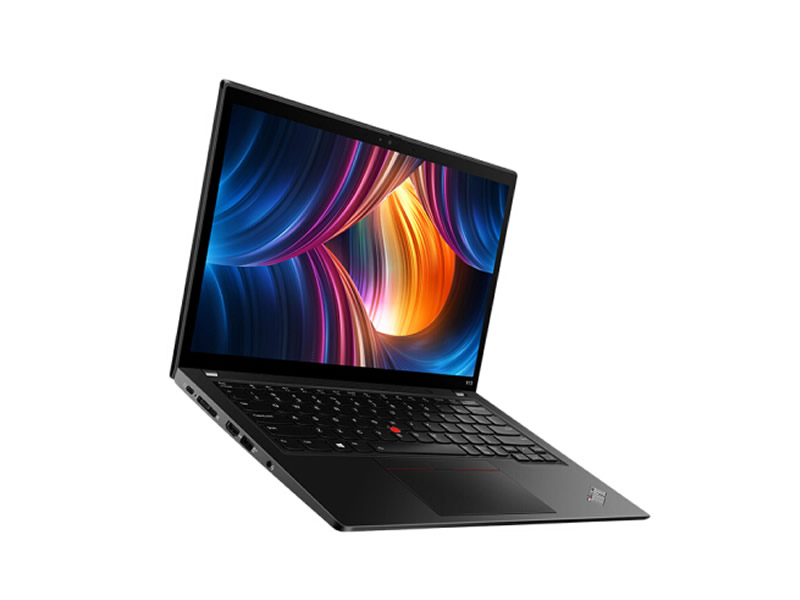When businesses upgrade their tech — whether it’s a handful of laptops or a full office-wide refresh — there’s a question that often gets overlooked:
What do we do with the old equipment?
This is where ITAD comes in.
Short for IT Asset Disposition, ITAD is the process of securely, ethically, and sustainably retiring outdated or unwanted IT equipment. That includes laptops, desktops, servers, phones, printers, networking gear — anything that stores data or has value.
Far from just “throwing it away,” ITAD is about protecting your business, maximising value, staying compliant with data laws, and reducing environmental impact.
In this guide, we’ll walk you through:
-
What ITAD actually means
-
Why it’s essential for modern organisations
-
The step-by-step process used by ITAD providers
-
The risks of getting it wrong (and rewards of getting it right)
-
How to choose a reliable UK-based ITAD partner
-
Key questions to ask your ITAD provider
-
How ITAD supports sustainability and circular economy goals
What Does ITAD Stand For?
ITAD = IT Asset Disposition
In plain terms, it refers to how businesses responsibly dispose of or reprocess end-of-life IT assets. But this is not a simple recycling job.
A professional ITAD process includes:
-
Secure data erasure or physical destruction
-
Assessment of equipment for refurbishment, resale, or reuse
-
Environmental compliance with WEEE and other e-waste regulations
-
Certified reporting for full audit trails
-
Logistics, chain-of-custody, and risk management
ITAD is often handled by specialist service providers who collect, process, and either destroy or redeploy the hardware securely and sustainably.
Why Is ITAD Important?
1. Data Security
Even if you've deleted your files or reset the device, sensitive data may still be recoverable. A good ITAD provider ensures:
-
Certified data erasure software (meeting NIST 800-88 or equivalent)
-
Hard drive shredding or degaussing where required
-
Compliance with GDPR, ISO 27001, and other standards
-
Full destruction certificates with serial numbers
Without proper ITAD, your old devices could become a major data breach liability.
2. Compliance with UK Law
Under GDPR, the data controller is responsible for data disposal. If a breach occurs because an old device wasn’t wiped properly, your business is still liable.
ITAD helps meet:
-
GDPR data protection regulations
-
WEEE (Waste Electrical and Electronic Equipment) Directive
-
Corporate social responsibility (CSR) and ESG goals
-
Internal IT governance and risk management policies
3. Environmental Responsibility
E-waste is one of the fastest-growing waste streams in the world. Improper disposal pollutes soil, air, and water — and is illegal under UK environmental law.
ITAD ensures:
-
Devices are recycled safely or reused
-
Valuable components and raw materials are recovered
-
You avoid landfill penalties and improve sustainability
-
You contribute to the UK’s net zero and carbon reduction goals
4. Asset Recovery & Value Reuse
ITAD doesn’t just minimise risk — it maximises value. Devices with residual value can be:
-
Refurbished and resold
-
Redeployed internally
-
Traded in for credit toward new equipment
-
Donated to charitable organisations, boosting CSR initiatives
Many businesses offset IT upgrade costs through effective ITAD programs.
5. Brand Protection
Lost data or illegally dumped hardware can damage your brand. ITAD ensures:
-
A clean, documented chain of custody
-
Full audit trail for every asset
-
Responsible end-of-life management, in line with your values
-
Transparent disposal practices your customers and partners will respect
The ITAD Process: Step-by-Step
Here’s what a full ITAD lifecycle looks like:
1. Assessment & Planning
-
Inventory of end-of-life assets
-
Quote for asset buy-back (if applicable)
-
Logistics planning for collection or onsite service
-
Customisation for multi-site or enterprise-level organisations
2. Secure Collection & Transport
-
Sealed containers or vehicles
-
GPS-tracked logistics and secure drivers
-
Barcoded asset tracking
-
Chain-of-custody documentation from pickup to processing
3. Audit & Reporting
-
Asset tagging and identification
-
Functional and cosmetic checks
-
Serial number logging and condition reporting
-
Secure database management of asset information
4. Data Destruction
-
Certified wiping using software like Blancco or KillDisk
-
Physical drive shredding or degaussing for sensitive assets
-
Multi-pass data sanitisation (for high-security use cases)
-
Generation of tamper-proof destruction certificates
5. Disposition
-
Equipment refurbished and resold, or responsibly recycled
-
Reusable assets redirected to charities, schools, or internal use
-
Non-recoverable assets dismantled and recycled to WEEE standards
-
Recovered components harvested for parts reuse or resale
6. Final Reporting & Certification
-
Full asset register and status (retired, reused, recycled, resold)
-
Environmental impact report (e.g. CO2 saved, landfill diverted)
-
Data destruction logs (by serial number)
-
Proof of compliance for internal auditing and legal record-keeping
Who Uses ITAD Services?
ITAD is essential for any organisation with a fleet of IT equipment. This includes:
-
Schools & Colleges — retiring classroom laptops and desktops
-
NHS & Healthcare — securely disposing of patient data-bearing devices
-
Enterprises — refreshing office tech across multiple sites
-
Public Sector — meeting compliance and sustainability standards
-
IT Resellers & MSPs — managing client refresh programs
-
Charities and NGOs — securely upgrading while extending equipment life
Even small businesses benefit from professional ITAD — especially if you’re retiring more than 5–10 machines at once.
Questions to Ask Your ITAD Provider
Before selecting a provider, ask the following:
-
Do you provide proof of data destruction by serial number?
-
Are your processes GDPR and WEEE compliant?
-
Do you offer certified software or physical shredding?
-
Can you handle logistics across multiple sites?
-
What reporting and certification do you provide?
-
What happens to equipment that still holds value?
-
Are you ISO-certified and ADISA-audited?
-
Do you support charitable redistribution if we want to donate hardware?
ITAD and the Circular Economy
ITAD is a cornerstone of the circular economy — a model that keeps resources in use for as long as possible and minimises waste.
Through refurbishment, repair, reuse, and recycling, ITAD:
-
Reduces reliance on raw materials
-
Extends the lifecycle of devices
-
Supports sustainable supply chains
-
Helps companies achieve ESG goals
Choosing the right ITAD partner is not only smart for your business — it’s better for the planet.
Why Choose Combro Technology for ITAD?
We don’t treat ITAD as just end-of-life disposal — we see it as part of your larger IT lifecycle.
At Combro, we:
-
Offer certified data destruction, with proof and traceability
-
Provide fair buy-back pricing for reusable equipment
-
Refurbish devices for resale or donation, reducing waste
-
Handle secure transport, tracking, and reporting
-
Work with schools, NHS teams, businesses, and resellers across the UK
-
Offer bespoke ITAD solutions tailored to your size and sector
Whether you’re retiring 10 machines or decommissioning a full site, we’ve got the infrastructure to do it securely, sustainably, and efficiently.
Final Thoughts
ITAD isn’t just for enterprise IT departments. It’s a critical process for any organisation looking to refresh hardware responsibly.
Done right, it protects your data, your business, and the planet — and it could even return value to your budget.
If you’ve got aging IT assets, now’s the time to think beyond storage cupboards and skip bins.
🔄 Get in touch with Combro Technology to learn how we can help you dispose of your devices the right way.

